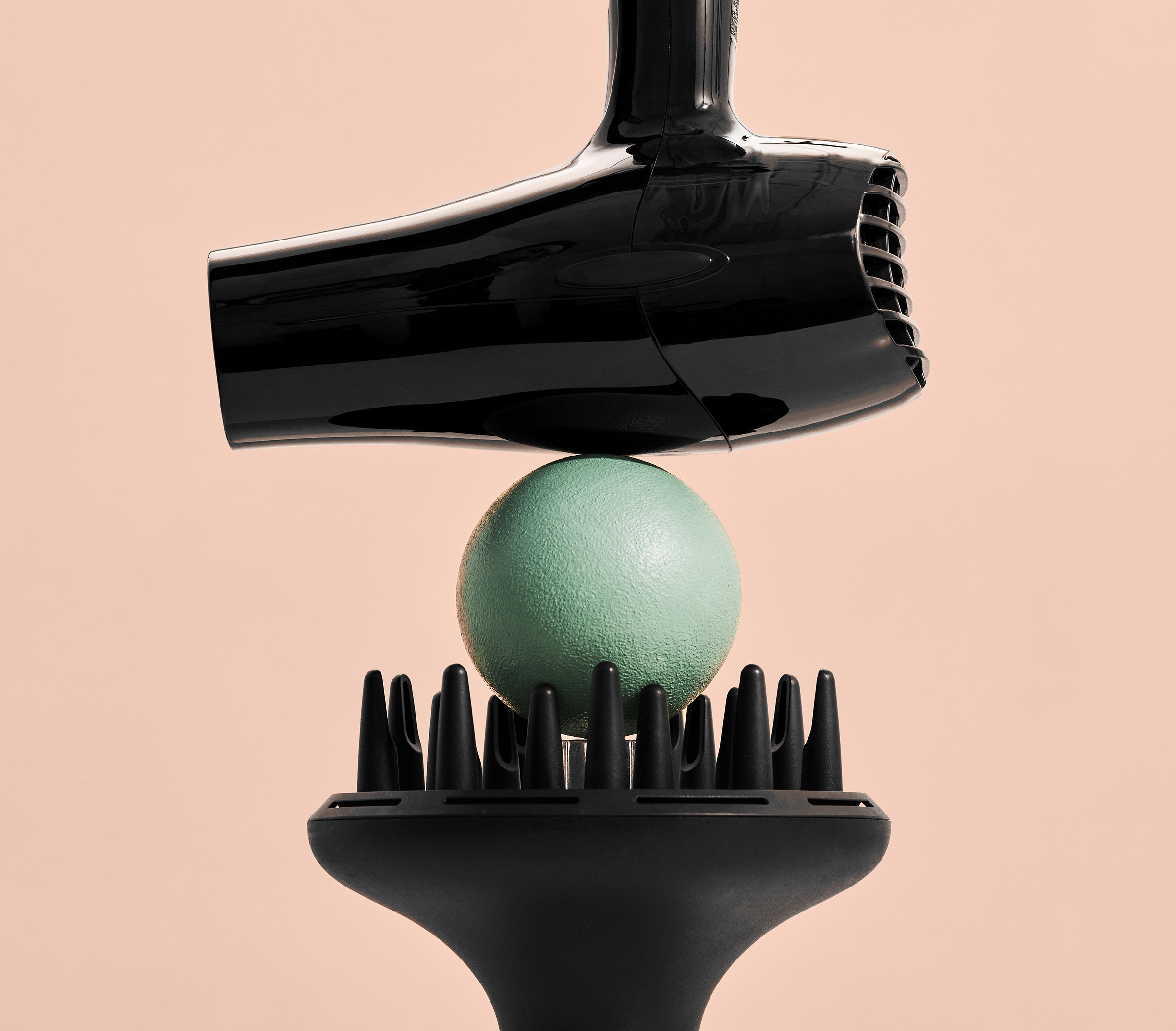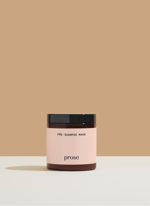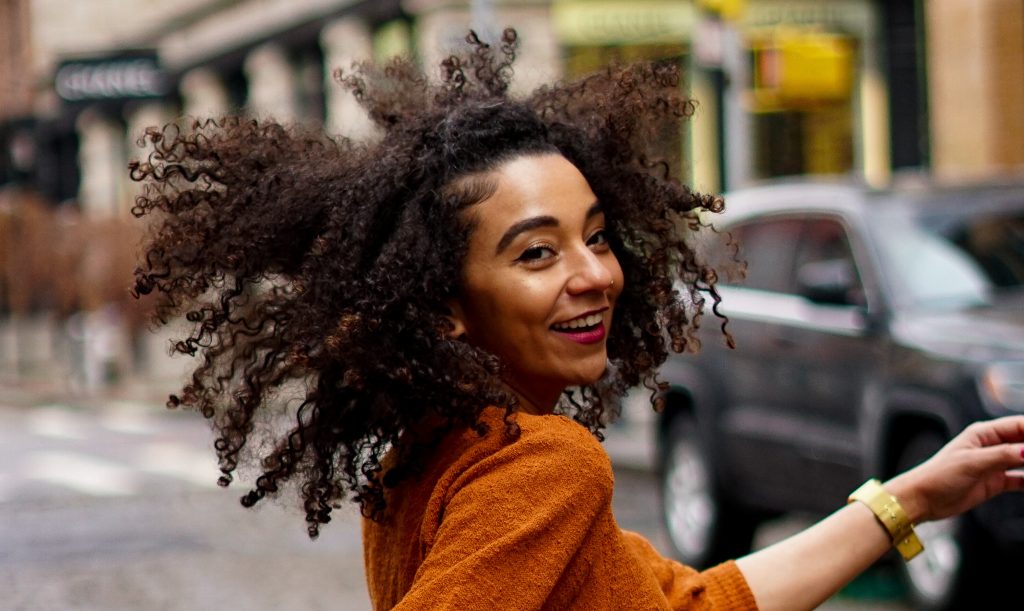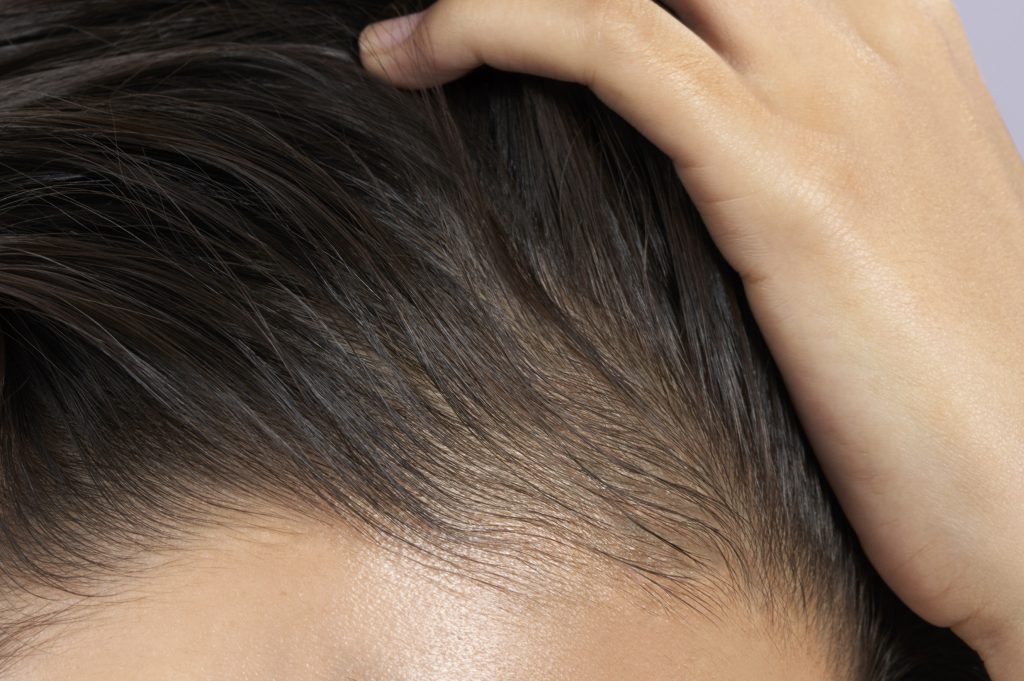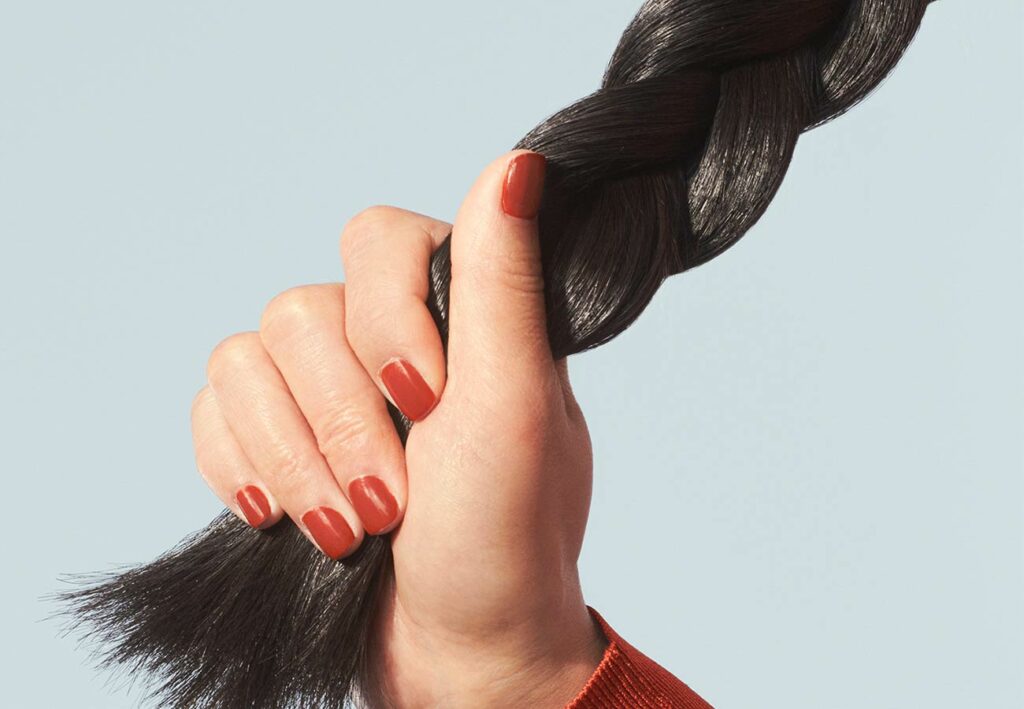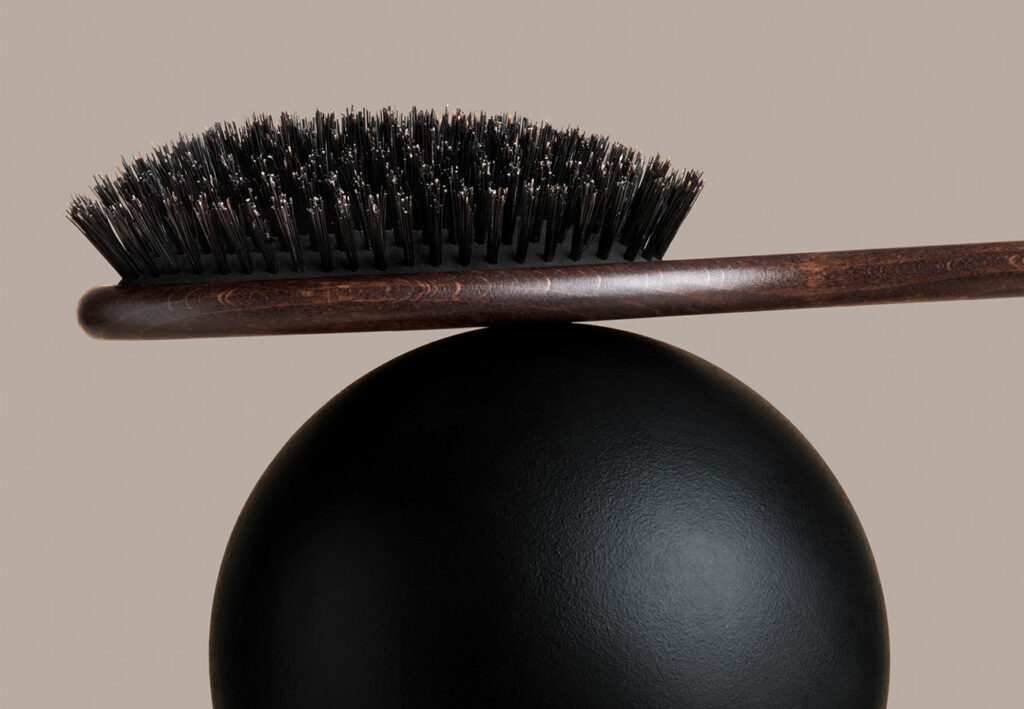My stylist joked that I was cheating on him, because I’d slink into his chair every couple of months sporting layers and bangs he did not cut. And while the culprit was obvious: double-processed color every eight weeks combined with near-daily heat styling, I wasn’t willing to make any concessions. So, instead, my stylist worked around it. I had the choppy Rachel cut, the choppy Cameron Diaz bob, the choppy Olsen twins lob—the requisite characteristic of any cut being choppy to hide all that breakage.
Then we left Manhattan, and my magazine staff job morphed into WFH freelancer. While this had a negative impact on my wardrobe (I was wearing loungewear long before we were sheltering in place), there was an upside for my strands. I eased up on them. I didn’t feel the same compulsion to go to the salon every eight weeks and used root touchup powder to hide regrowth until I did get there (usually closer to the ten-week mark). And I saw little point in blow-drying and flat ironing all the time since, most weekdays no one outside my family even saw me. So, I began to let my hair air dry more often than not, discovering that the curls I’d hated at 15 had grown up to become soft waves. Not perfect, beachy Gisele-level waves, but certainly workable.
After nearly a year of being gentler on my hair—extending time between bleaching and air drying at least half the time—I discovered how much healthier my hair could be: fuller, shinier, and my ‘bangs’ were finally growing.
That dramatic improvement also motivated me to change the way I treated my hair going forward. In addition to scaling back on heat styling and stretching time between coloring, I adopted these other hair-nourishing habits:
I tweaked my coloring tactic
My wavy hair is also very fine and, as I age, it’s become even finer, so my colorist decided foil-style highlights were doing too much damage. At her suggestion, we switched to Balayage, a hair-painting, foil-free highlighting technique that employs less heat and thus imparts less damage.
I made heat protection a priority
When I do blow-dry or use any kind of iron, I always apply a heat-protectant product. I think of it as an oven mitt for my hair—neither your hand, nor your hair, should be subject to 400+ degrees sans a shield.
I treat my hair as I do my face
While many of us up the ante on skincare as we age, we don’t necessarily think to do the same for our hair. But well-hydrated, elastic strands are much less apt to snap, so I try to treat my hair as I do my aging skin and slather it with moisture whenever I can. I condition after every shampoo and apply a leave-in conditioner. I use deep, nourishing masks or oil treatments at least twice a month. And I try to use styling products that boast hydrating ingredients, opting for formulas like creams or sprays over gels or mousses, which often contain hair-drying alcohol.
I take it easy when styling
Tight styles like ponytails, braids, or buns all put pressure on the hair—either in the spot where the strands are getting cinched by an elastic or, along your hairline where hair is pulled taut. So, while I do like to wear my hair in a Grace-Kelly-inspired knot (especially when I haven’t shampooed in a few days), I vary the height and placement of the bun to minimize the stress on any one spot. Similarly, I am mindful of my hair’s vulnerability and only detangle wet hair or snarls with a wide-tooth comb, never a brush.
The result? My hair is longer than it was in my twenties, healthier than it was in my thirties, and those long, swooping bangs? Well they are back, but this time courtesy of my stylist—not a by-product of chronic chemical breakage.
Putting Prose shampoo and conditioner to the test
Did you know using using Prose shampoo and conditioner reduces breakage up to 73 percent—that’s up to 1,500 broken fibers saved per month!*
*Instrumental test vs. Non conditioning shampoo

